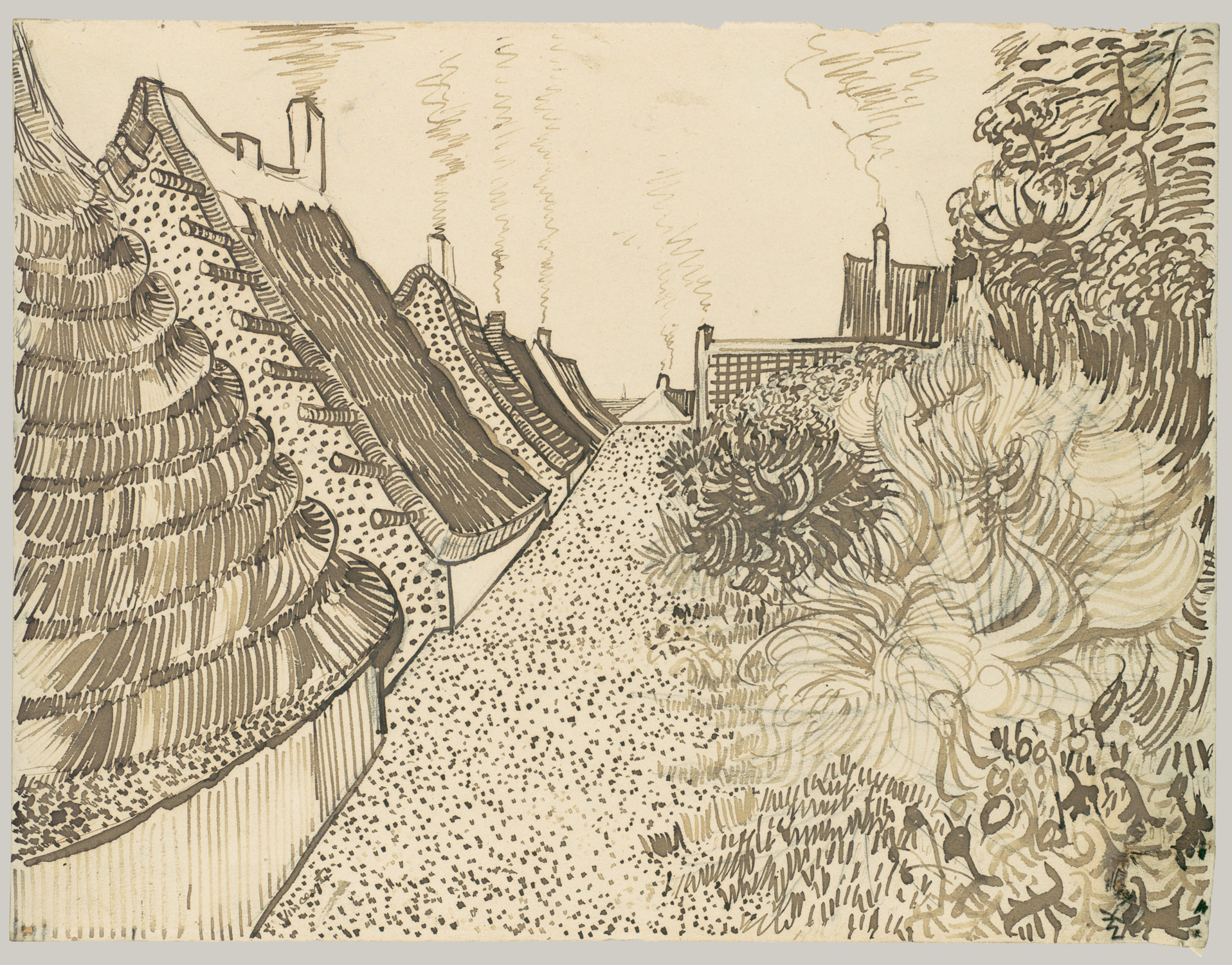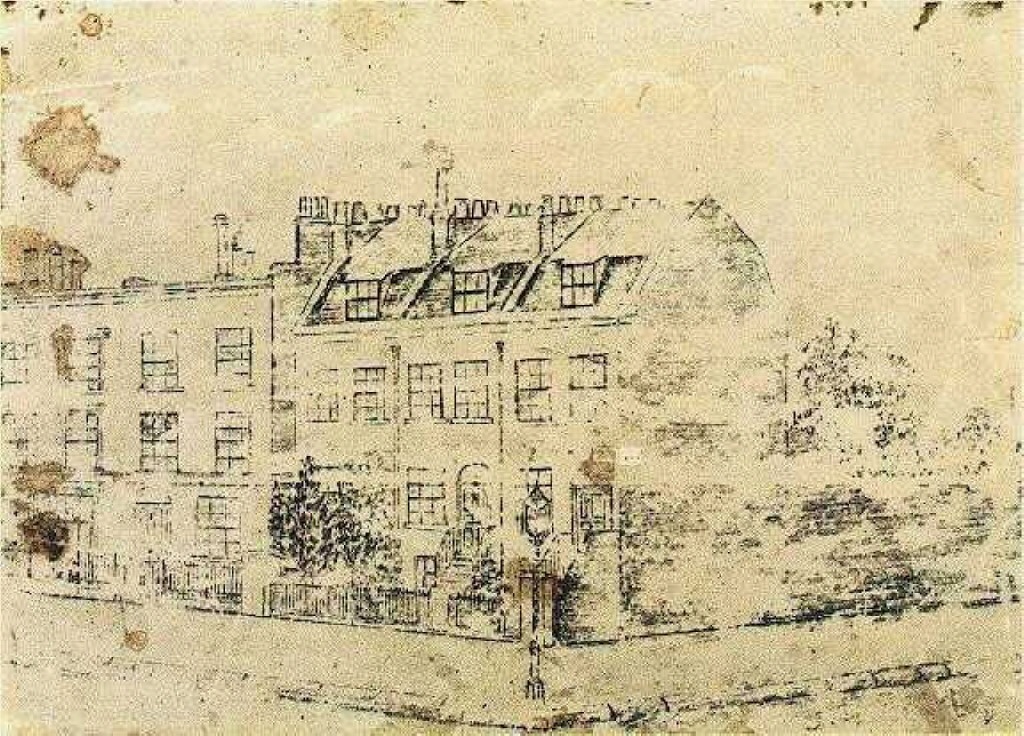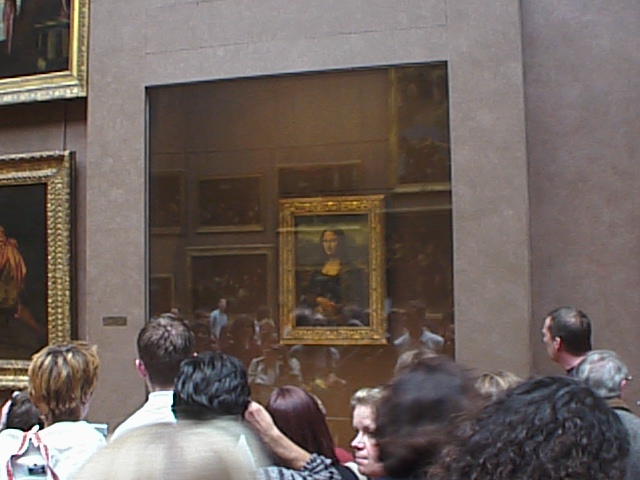 |
| The caption reads, “Life is so beautiful with hope and courage.” It was hand-painted and a gift from a friend when I was fighting my own battle with cancer. |
Some of you don’t like miracles. You’re free to write this off as a mistake or a flat-out lie.
I have a friend and painting student who is suffering from a rare and tenacious form of ovarian cancer. She was rushed to hospital in great pain and is waiting for yet another emergency surgery. There is no time that’s convenient for a mortal battle, but when you have two young teens at home, well, that seems like particularly bad timing.
One of the many things I resent about her cancer is that it has taken away her joy in painting. She is—when healthy—an exuberant watercolorist, but since her diagnosis, she’s laid her brushes aside.
This morning I found a patch of sweet peas that the city mowers had missed. I picked some. I decided that I could augment them from my own half-drowned garden to make her a bouquet. And I could bring her my watercolor kit and maybe that would somehow give her the psychic energy to follow in Manet’s footsteps and paint a few watercolor florals from her sickbed.
 |
| Everything my friend needs to paint like Manet: a pocket watercolor kit (which was a gift from her to me many years ago), my field notebook (which was a gift from Jamie Grossman a few years ago), my brushes, a folding tank, and an atomizer. I told her she is unlikely to do a worse job than some of the watercolor sketches in this notebook. |
Vases tend to get lost in hospitals, so I looked around for an empty jar. Then I remembered that I had a lovely but cracked vase that I’ve been trying to throw away for years. It was given to me when I was fighting my own cancer. Sadly, I dropped and shattered it, and my husband mended it.
My sentimental attachment to this vase always warred with my irritation at the all-too-visible crack. I never quite managed to toss it away. But, I reasoned, my friend would not mind a cracked and mended vase and it would be a way for me to let go of the darned thing.
I pulled it out, and looked in vain for the mend. It just isn’t there.
 |
| One of Manet’s little sickbed still-lives. |
I was so bewildered, I asked Sandy to try to find the crack for me. She couldn’t see it either. And then she directed me to
this piece in this weekend’s New York Times, which ends with this quote:
When a vase falls from the mantel, most people’s first impulse is to dispose of the shattered relic, throw it out, begone the tainted thing, the broken dream.
Stop. Don’t do it. Get a broom and dustpan. Pull out your tiny brush. Save every piece, every jagged shard. Do not lose a sliver. I have witnessed the miracles. I have seen them happen under my own hand.
Everything is not perfect. Everything can be fixed.
St. Paul described us as “jars of clay” in which the light of the Gospel is stored. And he goes on to say:
We are hard pressed on every side, but not crushed; perplexed, but not in despair; persecuted, but not abandoned; struck down, but not destroyed. We always carry around in our body the death of Jesus, so that the life of Jesus may also be revealed in our body. For we who are alive are always being given over to death for Jesus’ sake, so that his life may also be revealed in our mortal body. So then, death is at work in us, but life is at work in you.
So it is hardly coincidental that this pottery vase—truly a jar of clay—was somehow restored. Such a tangible miracle can only point to my friend’s total restoration. What form that will take, I cannot say. She may take up her crutches and walk, or she may pass beyond us to a new existence free of the pain and suffering of cancer. But there is no doubt in my mind that God sent us a clear sign that his hand is on her shoulder.
There is only one slot open for my July workshop at Lakewatch Manor in Rockland, ME, and August and September are sold out. Join us in July or October, but please hurry! Check here for more information.









